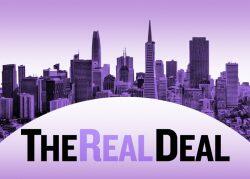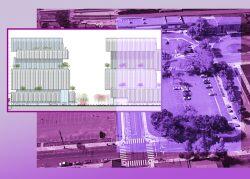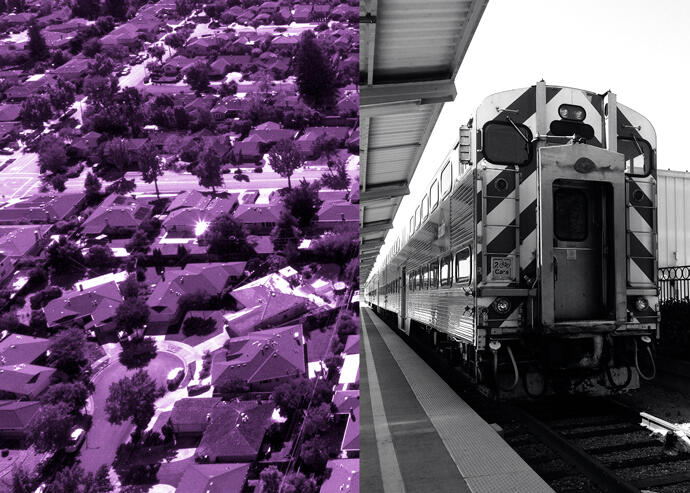Sunnyvale is a step closer to allowing 3,600 additional new homes around one of the Silicon Valley city’s two Caltrain stations, a move that would help address its state housing mandate and could spur more development near public transportation.
The Sunnyvale Planning Commission voted 5-0 this week, with one member absent, to recommend the City Council approve changes to the Lawrence Station Area Plan (LSAP) to add the potential for 3,612 additional new housing units. Another 2,323 units were previously approved for the area. The city adopted the LSAP in 2016 to guide future development across 229 acres adjacent to the Lawrence Caltrain Station.
In addition to building more homes around the station, the proposed update to the plan would also rezone certain parts of the area to allow for new residential development, including taller buildings than had previously been allowed north of the district’s Caltrain tracks to encourage denser residential development .
Commission member Sue Harrison said during the commission’s meeting on Monday that the LSAP update accomplishes the goal the City Council set on studying increased housing in the area around Lawrence Station.
“All in all, it seems like a very beneficial improvement to the plan for the city of Sunnyvale and the current and future citizens,” Harrison said.
Sunnyvale, like the Bay Area in general, is lagging behind in building enough housing for residents across all income levels. While the city has exceeded the state’s above-moderate housing production goal for its current, 2015-2023 cycle, it’s also hitting just 30 percent of the state’s goal for moderate-income housing, 8 percent for low and 7 percent for very-low income housing production targets for this cycle.
The state earlier this year also told Sunnyvale it should issue building permits for 11,966 new homes between 2023 and 2031, more than twice as many as it was expected to issue during the current cycle.
The city is cheaper to live in than nearby communities such as Mountain View and Cupertino, but the cost of living there is still about three times the national average and twice as high as the statewide average, according to Zumper data. Homes in Sunnyvale sell for a median price of $1.7 million, while the vast majority of apartments are priced between $1,500 and $2,800 a month, according to Zumper and Redfin data.
Creating the potential for more than 3,600 new homes near Caltrain represents an important step for the city toward accomplishing two of its goals: addressing its state housing mandate and encouraging the development of uses that better support public transit ridership, such as housing. To spur that type of construction around Lawrence Station, the city seeks to rezone two portions of the LSAP plan area that collectively total about 37 acres to allow for residential development there.
The LSAP update, if approved by the City Council, would also allow for taller and denser development north of the Caltrain tracks, which bisect the area east to west. Housing projects north of the tracks would be able to rise 100 feet above ground compared to 85 feet under the previous plan.
And under the amended LSAP, developers of such projects can increase their densities between 17 and 35 dwelling units an acre depending on how many community benefits they provide through them. Those benefits include adding bike lanes along public streets; creating publicly accessible open space; and incorporating space for retail or a grocery store.
The Sunnyvale City Council will vote on whether to approve the LSAP update at its Sept. 14 meeting.
Read more


